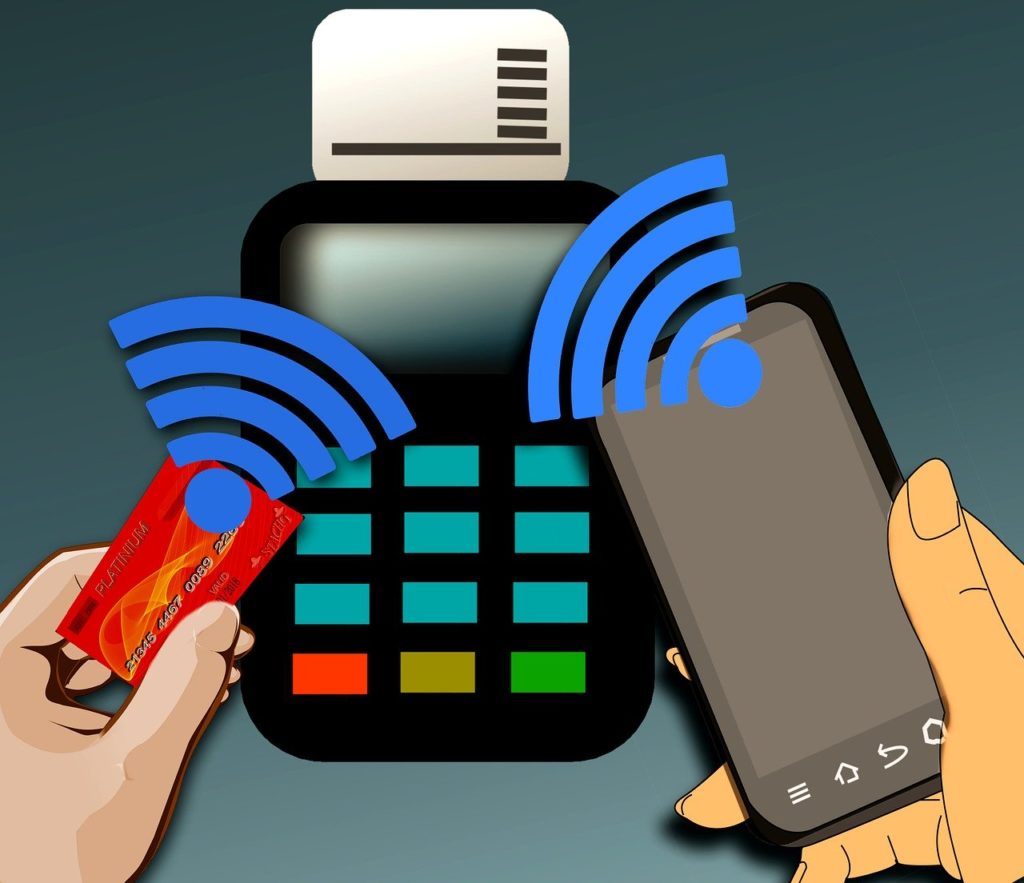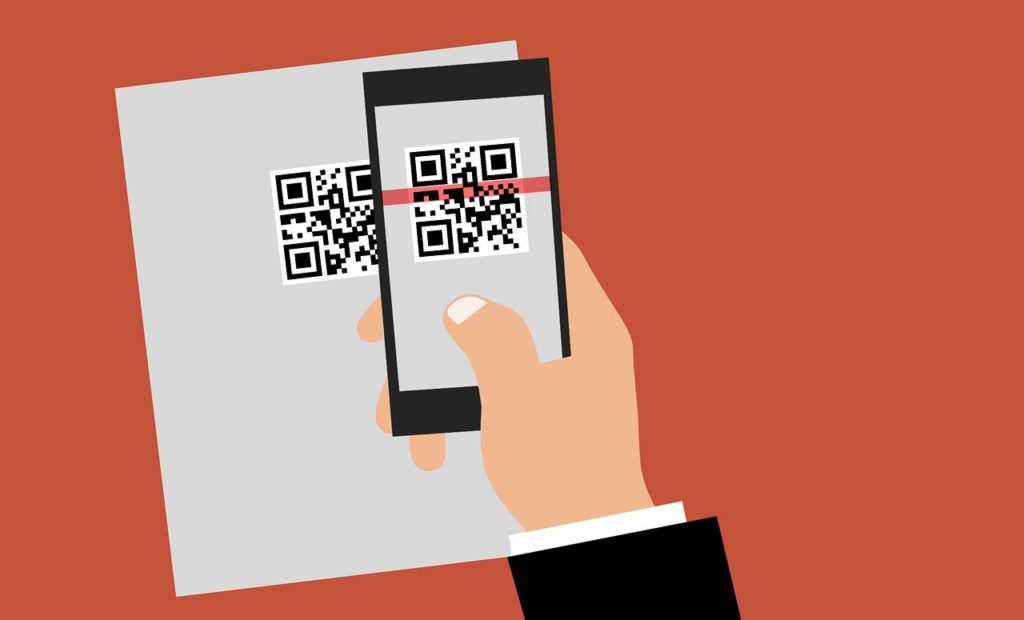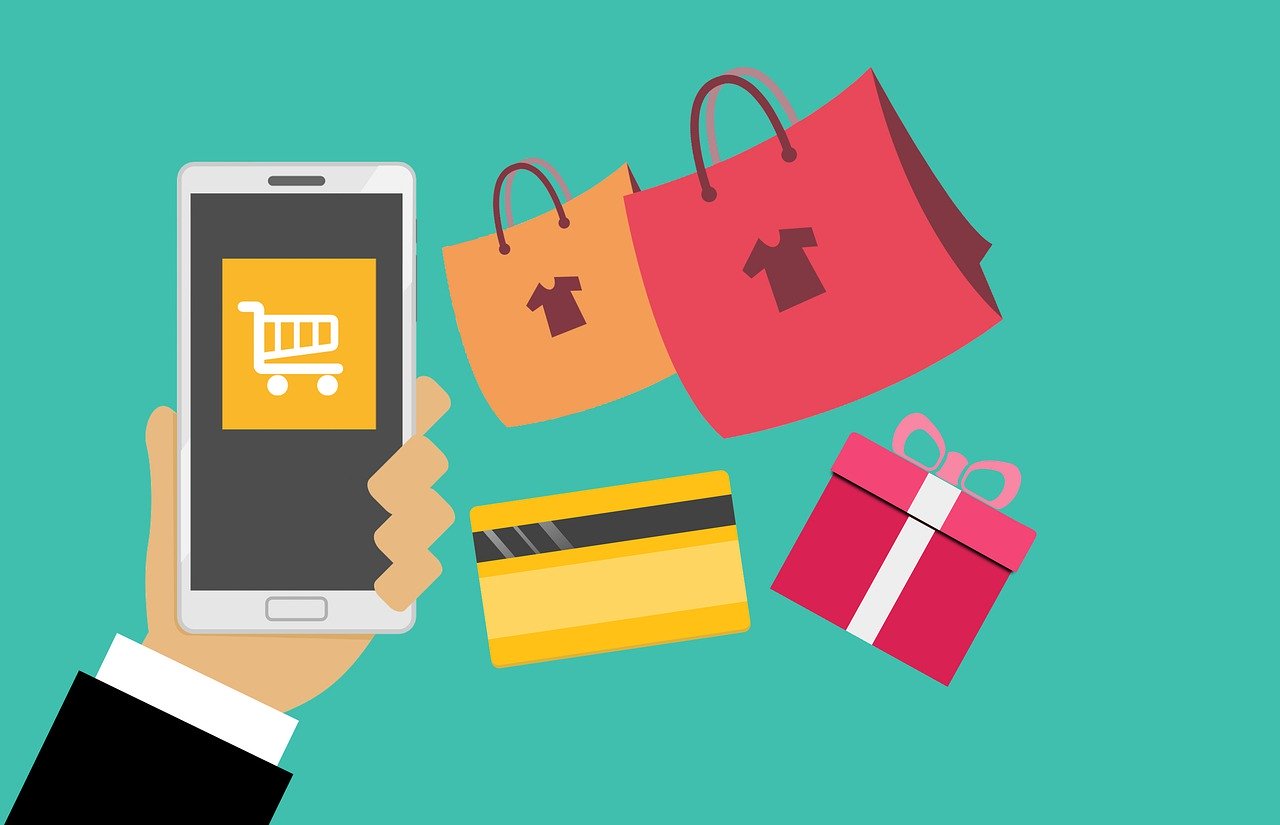These days, more and more people are foregoing physical wallets and turning to mobile platforms to pay for goods and services while on the go. And forget cash—it’s getting less common for people to carry cash at all, especially since many credit cards today are digitized, meaning you can keep them on your smartphone or mobile device.
Soon, your phone might be more than just the center of all of your day-to-day activities—it might be a tool for nearly all of your commercial interactions as well. So how do mobile payments work, and what changes are on the horizon for this financial technology?
What Is a Mobile Payment?
Simply put, a mobile payment is nothing more than any type of payment made from your smartphone or mobile device. There’s no need for a physical card or cash; all the authentication comes through your mobile device, making payments quick, painless, and easy.
There are several different types of mobile payments you can make from your phone:

NFC Payments
Near-field communication (NFC) payments are one such payment type. Devices that are able to use NFC payments communicate with NFC-enabled machines by using close-proximity radio frequency identification.
It’s not necessary to physically touch your device to the machine; being within a few inches is more than enough to transmit information. Apple Pay, Samsung Pay, and Google Pay are examples of mobile wallets that are using NFC to transmit payment information.
But NFC technology is not limited to finance. In various countries, you can use NFC in a number of different ways. In London and Hong Kong, for example, you can use NFC to pay for public transportation such as buses and subways. In Japan, NFC can transfer your identity card information. NFC works by sending a nearly instantaneous encrypted data transfer to enabled point-of-sale devices, which is much faster than PIN or chip technology.
Mobile wallets like Apple Pay and Google Pay sometimes use NFC to complete payments, but QR codes can also be used. The mobile wallet stores your payment information somewhere on your device, typically in an app, and you can use it in retail stores, on the Internet, or for in-app purchases.
Mobile wallets work by using complex tokenization and encryption, which means that time-limited token numbers are generated to process specific transactions. You can also use your mobile wallet to hold loyalty cards, boarding passes, and other documents.
QR Codes
As mentioned, you can also use QR codes to pay through other applications. By adding your payment information to an app associated with a particular store (like Walmart or Chick-fil-A), you can simply open the app and scan the appropriate QR code to make a payment.

Scanning a QR code for payment is much more secure when you don’t have your card with you—with it stored on your device, it helps prove you are the card owner.
Sound Waves-Based Payments and Magnetic Secure Transmission (MST) Payments
One of the newest payment solutions for mobile devices is sound waves-based (also called sound signal-based) payments. The technology works for most mobile phones and does not require an Internet connection to work.
Through sound waves, encrypted information can be sent between the mobile phone and terminal to make a payment. Unlike NFC, the technology doesn’t need to be built into your device; instead, you can simply install the necessary software.
For countries where cost is a factor (making the latest mobile devices more difficult to obtain), this sound waves-based payment solution is a convenient way to process payments without requiring any additional hardware on your phone.
Magnetic secure transmission (MST) payments work similarly to NFC payments—and are just as secure. MST sends a signal imitating the magnetic strip on a card, and card terminals pick up the magnetic signal just as they would read a physical strip.
Most payment terminals are already equipped to accept this type of technology. For instance, Samsung Pay accepts MST payments alongside NFC payments.
Even without these innovative payment solutions, more and more people are using their phones to make payments. Just accessing the Internet to pay for something on your phone is a mobile payment, whether you are entering all your card details in yourself or using another service, like PayPal, to pay.
Last year, more than 55 million people in the United States used some type of mobile option at the point-of-sale to make a payment. As people transition away from physical wallets and start using more mobile devices, there are likely more changes on the horizon.

